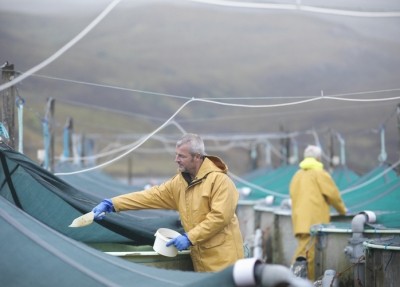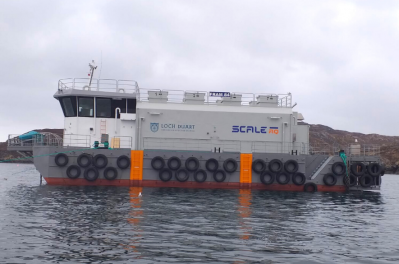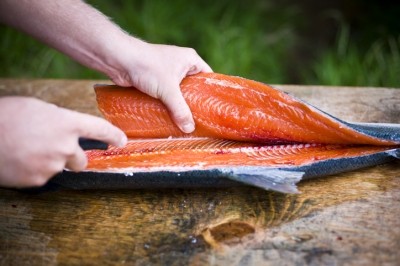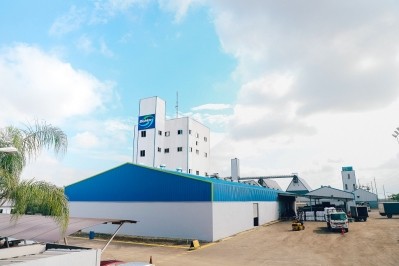Cargill extends research tie-up aimed at optimizing feeds for land based aquaculture
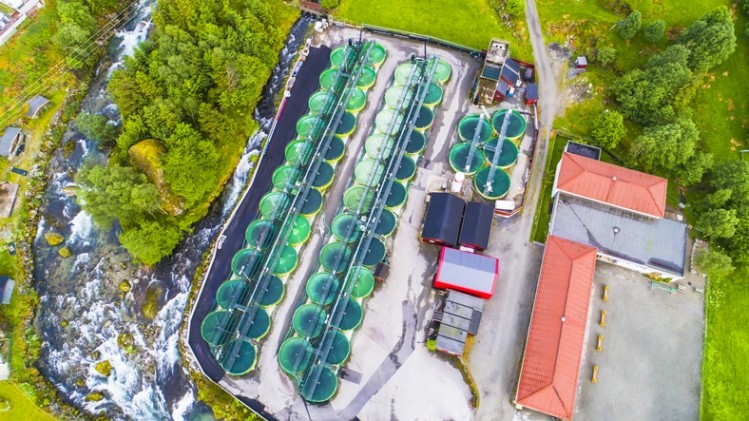
The partners want to boost land-based aquaculture's environmental and economic performance through feeds developed and tested specifically for recirculating aquaculture systems (RAS).
The two entities started working together in 2018; this extension of that partnership will seem them collaborating until 2023 and beyond.
RAS or closed containment farmed fish production, as it can also be termed, reuses water by running it through a filtration system so it can be used again.
The Institute provides Cargill nutritionists and researchers with access to fish, systems, research facilities, and a team of scientists, engineers, and fish culturists with decades of RAS experience. In addition, Cargill provides diet development and aquaculture feed expertise.
Insights gleaned to date on RAS feeds
Dr John Davidson, research scientist at the Freshwater Institute, who is collaborating closely with Cargill Aqua Nutrition, outlined the ideal type of feed for a successful RAS operation: "Diets developed for use in RAS should support optimal fish health and performance while facilitating good water quality and system operation.”
In research trials, Cargill's recently developed EWOS Clear for land-based salmon farming produced settleable solids that were effectively removed from the recirculating flow, thereby improving the fish culture environment and overall RAS operation, he said.
Digging deeper on those results, Marc Turano, nutrition and technology lead for Cargill Aqua Nutrition North America, told FeedNavigator:
"We’ve had two key insights from our trial work to date. The first is on fecal binding, which is important because the RAS environment requires feed that results in intact fecal matter, which is easily filtered out of the system. Multiple ingredients have proven successful to facilitate fecal binding. Our trial test ingredients did not negatively impact growth and resulted in solids with larger particle sizes, which allows for more efficient removal. Overall reductions in suspended solids were observed in fish offered feed that included fecal binders."
The additional positive findings relate to water quality.
"When using our RAS formulations, the trials showed water quality improvements, including increased water clarity, lower total ammonia nitrogen, reduced mechanical filtration needed and higher levels of beneficial bacteria."
What are the essential boxes that need to be ticked in terms of RAS feed formulation and structure?
"RAS is a complex environment, so feed needs to be specifically developed for these systems. The first consideration is pellet quality, which should feature limited fines, high pellet durability/low breakage and minimal to no nutrient leakage. The second is formulation, which needs to align with nutritional requirements of the animal to optimize feed conversion rate (FCR) and growth, use highly digestible ingredients to minimize waste, and result in more solid feces for easier filtration," said Turano.
